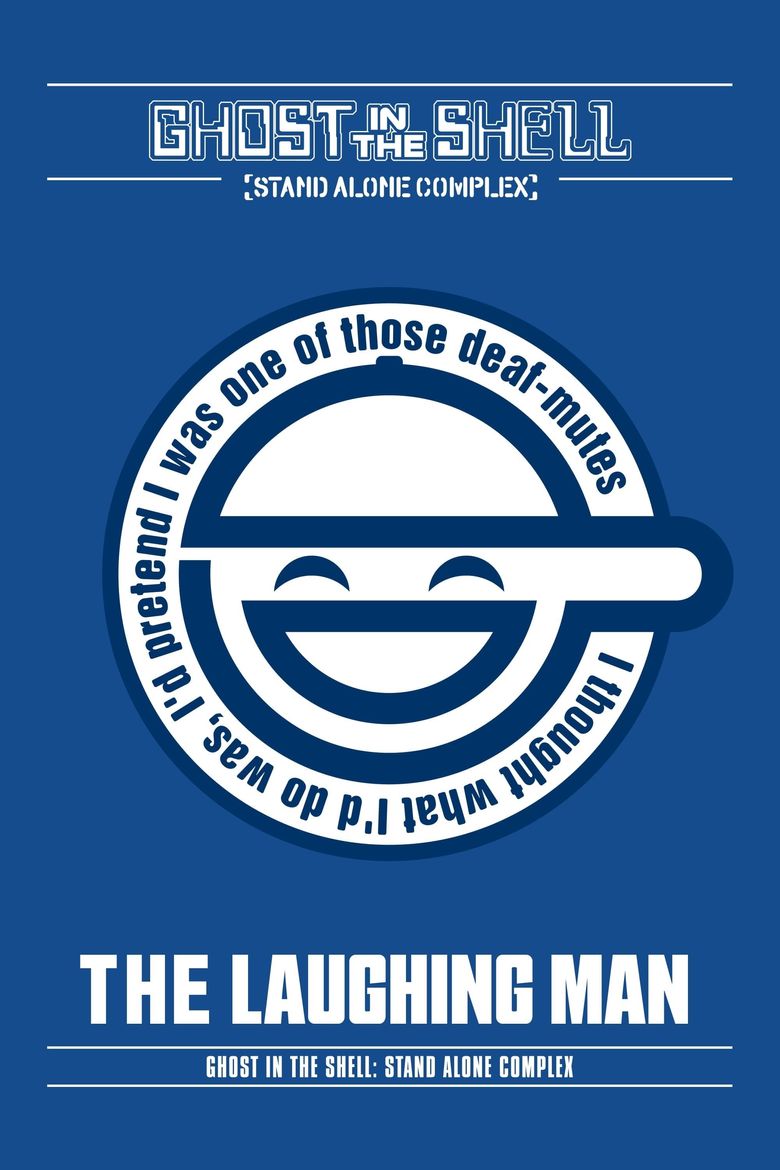
Oshii was and remains a techno-optimist, who grew up in the wake of post-WWII Japan and witnessed firsthand the country’s revitalization through technology. While Oshii’s film by first appearances is drab and dystopic, it is ultimately an optimistic parable of technology’s potential to elevate the Major, or perhaps even humanity itself, from the depths of fear and doubt and into transcendence. To compare Sanders’ film to Oshii’s in this sense is enlightening, a study of contrasts between two culturally divergent views of technology. As a result, the film’s depictions of first-generation cybernetic enhancements is predictably crude and at times grotesque, translucent wires spliced into the temples of African dignitaries and clots of cable spilling out of the eye sockets of felled enemies.
#Ghost in the shell 1995 dubbed hulu full#
As the film continuously points out, the Major is the “first of her kind,” a full human brain transplanted into an artificial body. Though not necessarily of the Major, but rather that of the dawn of cyberization itself. Sadly, this is not the case.ĭespite what producer Avi Arad might protest, Sanders’ Ghost in the Shell is an origin story. What is left is the question of whether the film manages to capture the poignance and appeal of the series’ history. As such, arguments on the basis of the film’s adherence to sequential “canonicity” are effectively moot. The result is a frankenstein of an adaptation, jolted to life by the rejuvenating bolt of a $110 million budget.
#Ghost in the shell 1995 dubbed hulu movie#
The vital organs are exhumed from the body of 2002’s Stand Alone Complex television series, and a smattering of cosmetics are dug out from Oshii’s 2004 follow-up Innocence and the critically maligned Arise movie series. The skeleton of Oshii’s film is here, but so is the nervous system of Shirow’s manga. And the Major, played by Scarlett Johansson, is no longer Motoko Kusanagi, but rather Mira Killian.įar from a carbon copy of Oshii’s 1995 film, Sanders’ film takes an “exquisite corpse” approach to his adaptation. Section Nine is no longer a domestic security outfit, but rather a private unit created by the Hanka Corporation on loan to the Japanese government, pulling specialists from across the world. Sanders’ interpretation takes several liberties with the series’ source material, postulating a world in which Japan, in the wake of two world wars, has become the nexus of a multinational diaspora of people displaced by the conflict. A cyborg herself, the Major grapples with her identity as a half-human machine hybrid while dispatching criminals with equal parts force and intelligence. Roughly every incarnation of Ghost in the Shell follows these lines: In a world where technology has advanced to the point where humans are physically augmenting their bodies with cybernetic enhancements, Major Motoko Kusanagi is the leader of Public Security Section Nine, an elite task force that specializes in solving and preventing cases of cybercrime. In the immortal words of Omar Little, “You come at the king, you best not miss.” So when considering Rupert Sanders’ film, an American adaptation and the series’ first live-action incarnation, there’s a pedigree to aspire to and a pitfall of redundancies to circumvent. Masamune Shirow’s original 1989 manga is celebrated as one of the cornerstones of late first-wave cyberpunk, while Mamoru Oshii’s 1995 adaptation is considered one of the greatest anime films of all time. Sure, you can also watch some widely beloved classics (namely: Bleach, Naruto, Sword Art Online, One Punch Man, and Death Note) on Hulu, but you’re far better off catching them without ads on Netflix.īut it’s also worth noting that if you’re not springing for one of those anime streaming platforms, Hulu is hands down the best place to watch Attack on Titan, as it gets Season 2 episodes as they air, which Netflix might never have.Creating a new installment in the Ghost in the Shell universe is no small task, nor is it easy.


To top it all off are three of the indisputably greatest anime of all time - and none of them have people eating each other.ĭespite the rise of independent streaming platforms exclusively dedicated to anime - like Funimation and Crunchyroll - Hulu retains some of the greatest anime ever, albeit with commercial breaks.


So yeah there’s a lot of blood and cannibalism happening. In the best anime that Hulu has to offer, high-schoolers struggle to survive a zombie apocalypse, teenagers fight giant humanoid cannibals, and another teenager gets turned into a regular-sized humanoid cannibal.


 0 kommentar(er)
0 kommentar(er)
